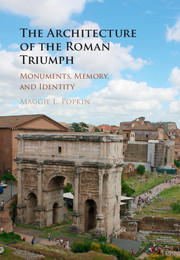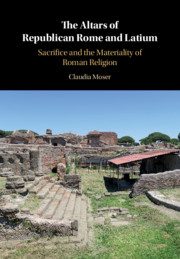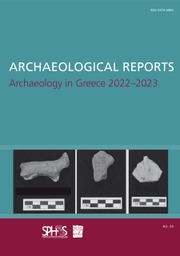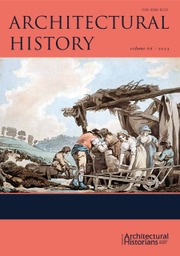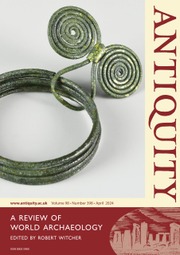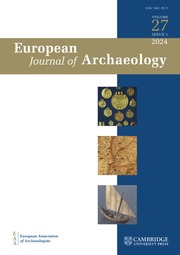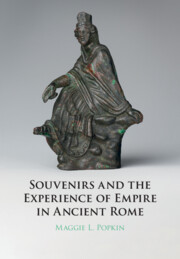The Architecture of the Roman Triumph
This book offers the first critical study of the architecture of the Roman triumph, ancient Rome's most important victory ritual. Through case studies ranging from the republican to imperial periods, it demonstrates how powerfully monuments shaped how Romans performed, experienced, and remembered triumphs and, consequently, how Romans conceived of an urban identity for their city. Monuments highlighted Roman conquests of foreign peoples, enabled Romans to envision future triumphs, made triumphs more memorable through emotional arousal of spectators, and even generated distorted memories of triumphs that might never have occurred. This book illustrates the far-reaching impact of the architecture of the triumph on how Romans thought about this ritual and, ultimately, their own place within the Mediterranean world. In doing so, it offers a new model for historicizing the interrelations between monuments, individual and shared memory, and collective identities.
- Combines art history, memory studies, cognitive science, and more to gain fresh insights on the Roman triumph and some of Rome's most iconic monuments
- Offers a new model for historicizing the interrelations between monuments, individual and shared memory, and collective identities
- Explores the relationship between visual culture and how people remember historical events
Product details
July 2016Hardback
9781107103573
310 pages
262 × 183 × 18 mm
0.82kg
71 b/w illus. 11 colour illus. 4 tables
Available
Table of Contents
- Introduction. The triumph, memory, and 'being Roman' in the city of Rome
- 1. The triumphal route
- 2. Building memories: the era of the Punic Wars (264–146 BC)
- 3. Spectacle and memory: the reign of Trajan, Optimus Princeps (AD 98–117)
- 4. Monuments and memory distortion: the reign of Septimius Severus (AD 193–211)
- Conclusion
- Appendix. Victory monuments built along the triumphal route during the Punic Wars: topography, dating, and history.

